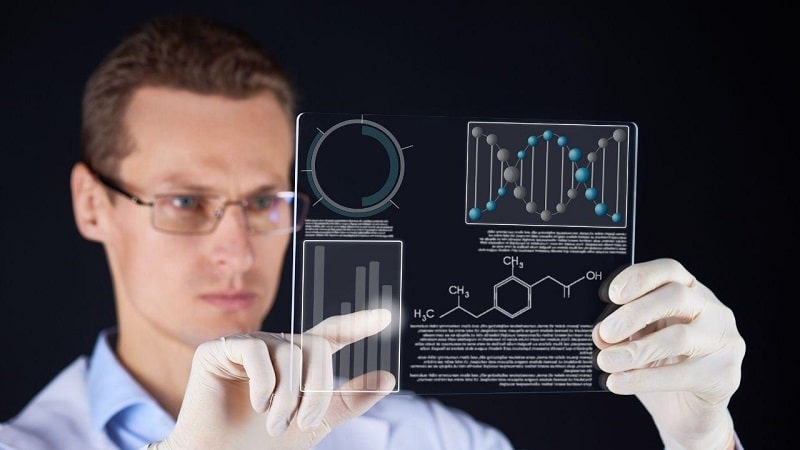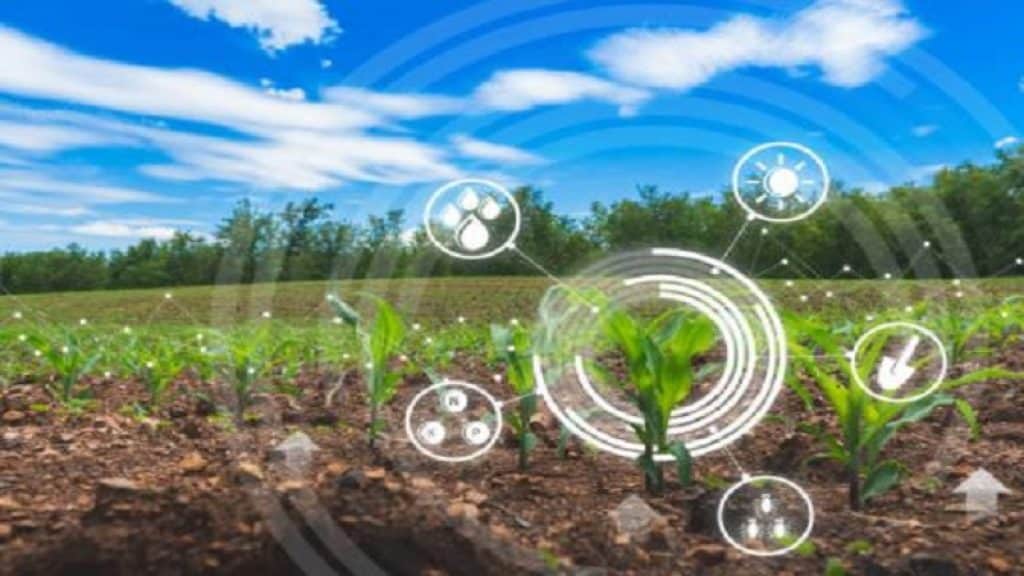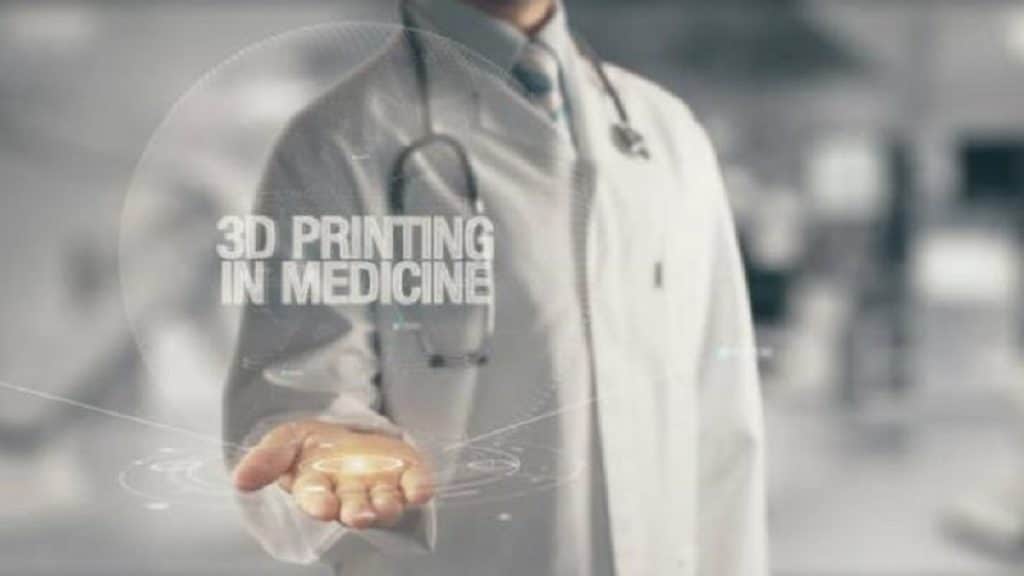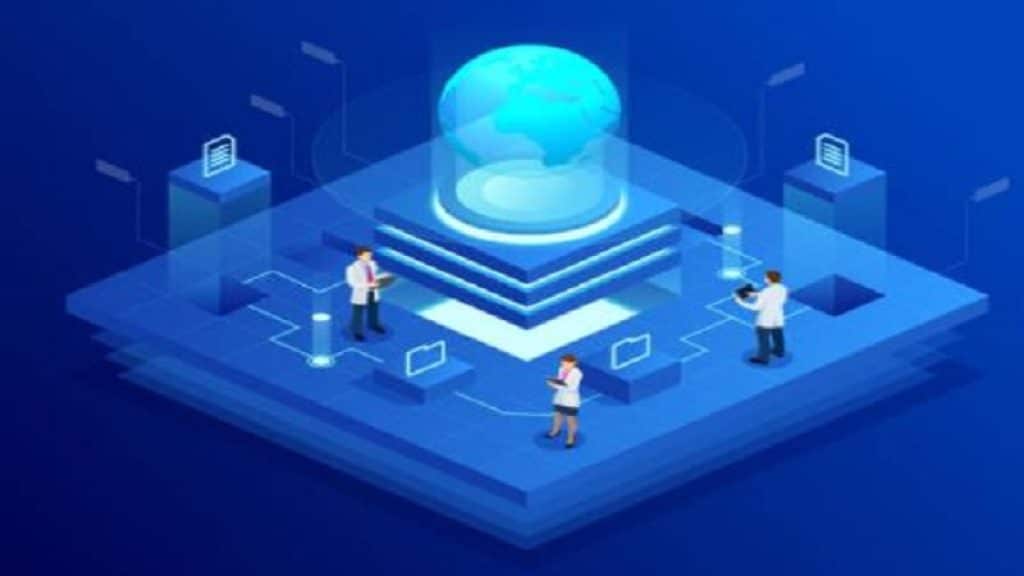
The global Covid-19 pandemic has already changed the ways many spheres operate. Leaving a trace on different industries, it has also impacted the development of modern scientific innovations.
The main trend is that the value of technological innovations is shifting from the impact of individual technologies to the impact of multiple technologies combined. Leveraging the power of various technologies simultaneously will allow for generating new insights and possibilities in different verticals.
Naturally, such innovations will be mostly aimed at fostering the healthcare sector, but not only. We’ve gathered the most promising scientific innovations in different fields that seem to be of great help in 2021 and beyond.
1. Agriculture Innovations

Agriculture has long been utilizing the benefits of digitization, IoT, and sustainable farming. These innovations have already allowed for smart and sustainable crop growing, primarily thanks to plant monitoring based on remote field analysis with the help of vegetation indices like NDWI.
In 2021, these trends will continue to ramp up, transforming the industry. Here are some of the sub-trends that will spin-off from those major tendencies:
- SaaS solutions for garden management
- Yield monitoring and forecasting
- Online tools for remote farm management
- Drones utilization
- Robotic farming equipment
- Smart irrigation management
- Production of eco-friendly foods
2. Bioprinting in Healthcare

Millions of people around the world are waiting for organ transplants. A new kidney – the most demanded organ – is usually awaited for 3 to 5 years. Luckily, this problem can be solved by printing the necessary organs on special 3D printers.
The technology is roughly the same as with conventional 3D printing: getting a three-dimensional object on a special printer. The first stage is pre-printing, when a digital model of the future organ or tissue is created based on MRI or CT images.
Then the organ is printed layer by layer. Only instead of a conventional 3D printer, a special bioprinter is used, and instead of ink – biomaterials (human stem cells, pork collagen, or algae-based cellular material). Then, the received structure is placed in a biological environment where it “matures” before transplantation.
A successful example of bioprinting implementation would be 3D Systems that has recently made a breakthrough in lung regeneration, taking lung modeling to a new level thanks to 3D printing and the use of rhCollagen.
3. e-Learning

The need for easily accessible, remote education has become especially acute during the global quarantine. Modern educational solutions strive to enable more adaptive learning plans to enhance both student and teacher experience. Besides, with the help of AI technology, such solutions allow for receiving quality education remotely for those unable to attend classes due to weather events, health issues, long distance, etc.
Although the coronavirus pandemic has already made digitalization a new norm and significantly fastened the adoption of e-Learning, there is still a long way to go in terms of its efficiency, accessibility, affordability, teachers skills, interactivity, and more. If not implemented the right way, e-Learning could have negative effects on children’s mental health and well-being. Fortunately, intelligent AI-driven education can be utilized to avoid this.
For instance, Singapore-based Tenopy offers remote learning workshops using AI to pair up teachers and courses with students of different incomes from different countries.
4. AI Integrated Surveillance Systems

Analytics and AI in security systems, in particular in the video surveillance segment, were originally developed to teach devices to respond to certain events and thereby optimize the work of a human operator. It all started with the analysis of the frame for motion detection, control of entry / exit, identification of abandoned or disappeared objects.
Thanks to the development in AI, capabilities of standard video surveillance have significantly expanded, and today multifunctional systems can be found in retail, transport, medicine, financial sector, etc., where cameras not only monitor the safety of objects and people, but also solve the problem of collecting and analyzing statistical data, performing analysis of marketing activities, traffic management, and many others.
AI-powered security cameras enable vulnerabilities and menace prediction, missing children tracking, criminals and terrorists detection in the large crowd, precise and instant theft vehicles tracking, faster thought-to-action process for security guards, and less human intervention.
It is worth noting that until now, most AI-enabled CCTV cameras were able to use a small number of intelligent functions due to limitations in processor performance. That is, in one session, the camera was able to work with only one complex intellectual function, for example, to recognize a person or a car number.
Improvements in hardware components and increase in processor performance will lead to an increase in the computing power of AI-powered video cameras, so an increasing number of devices capable of performing several intelligent tasks at the same time will soon appear on the market.










